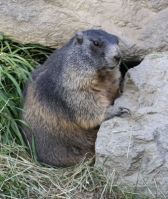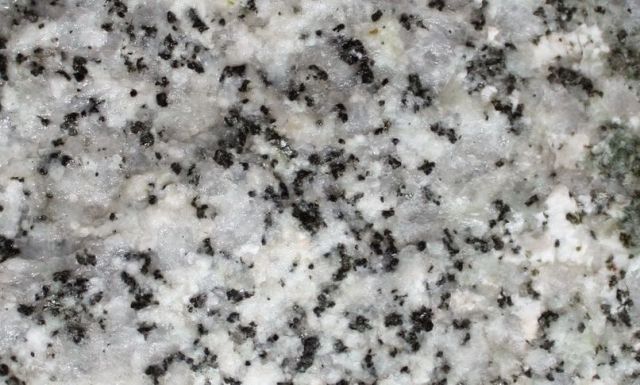The war in Europe began as a battle between infantry and cavalry,
like in old times, and was believed to be quickly over. However, new
weapons, like the machine-gun or heavy artillery, made direct attacks
almost impossible as soldiers were killed in their thousands. The war
quickly became a war of attrition as both sides dug in in a network of
trenches and tunnels separated by the “No Man’s Land.” One hundred years after the end of World War I traces can be still found in the landscape.
Change of address
2 months ago in Variety of Life

































